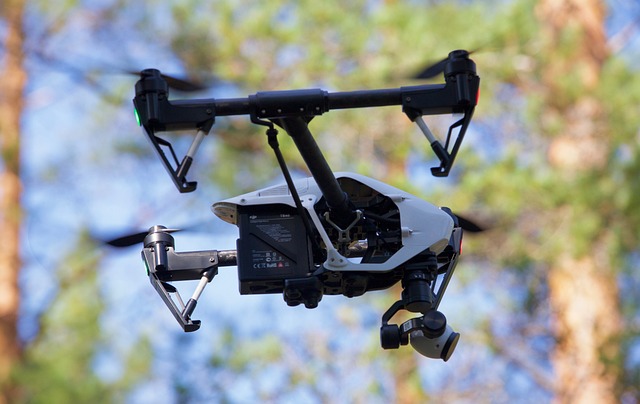When safeguarding your home, a comprehensive CCTV setup is pivotal. This article delves into the intricacies of residential CCTV systems, guiding you through selecting the optimal cameras and installing them effectively. From assessing your surveillance needs to understanding the technology behind CCTV, we provide a detailed exploration of each aspect, ensuring your home benefits from a robust security system. Follow our expert advice to maximize the effectiveness of your CCTV setup, enhancing both peace of mind and property protection.
- Understanding the Basics of Residential CCTV Systems
- Assessing Your Home's Surveillance Needs: Key Factors to Consider
- Choosing the Right CCTV Cameras for Your Home Security
- Step-by-Step Guide to Installing a Comprehensive CCTV System at Home
- Maximizing the Effectiveness of Your CCTV Setup: Best Practices and Tips
Understanding the Basics of Residential CCTV Systems
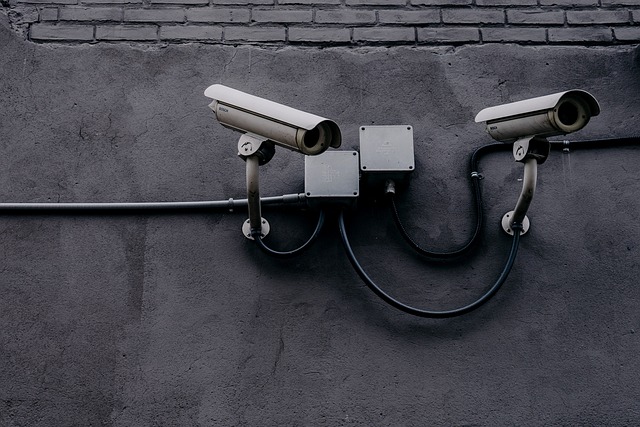
CCTV systems have become a cornerstone in residential security, offering homeowners a means to monitor and protect their property effectively. A well-implemented CCTV setup can deter potential intruders, provide evidence in the event of a break-in, and offer peace of mind through continuous surveillance. When selecting cameras for your home, consider factors such as camera type, field of view, resolution, and whether they are wired or wireless. Wired cameras generally offer higher resolutions and stability, while wireless options provide more flexibility in installation and can be more cost-effective without the need for extensive cabling. Positioning cameras strategically to cover all critical entry points and areas of concern is essential for optimal security coverage.
Investing in high-quality CCTV equipment is a prudent choice for enhancing home safety. The choice between HD (High Definition) and 4K resolution should be based on the area to be covered; both have their merits, with HD cameras providing clear images at a lower cost and 4K offering ultra-high definition footage that can zoom in without losing clarity. Additionally, night vision capabilities are crucial for round-the-clock surveillance, ensuring that any activity is captured clearly, even in low-light conditions. When setting up your CCTV system, ensure that the cameras are placed at a height where they cannot be easily tampered with and have a wide field of view to cover as much area as possible without overlapping images that could complicate post-incident analysis. Surveillance footage should also be stored securely, with reliable software for event-triggered recording or continuous monitoring, depending on your security needs and preferences.
Assessing Your Home's Surveillance Needs: Key Factors to Consider

When evaluating your home’s surveillance needs, it’s crucial to assess various factors that will influence the effectiveness of a CCTV system. The size and layout of your property are primary considerations; different areas may require distinct types of cameras for optimal coverage. For instance, a wide-angle lens might be necessary for monitoring spacious hallways, while a camera with a zoom feature could be ideal for capturing details in narrower spaces like entrances or driveways. Additionally, the placement of cameras should account for blind spots and potential vulnerabilities. Consider the types of incidents you wish to monitor; motion-activated cameras can serve as an effective deterrent against intruders, while fixed position cameras might suffice for monitoring static assets or high-traffic areas. Security experts often recommend a combination of both indoor and outdoor surveillance solutions to ensure comprehensive coverage. With advancements in CCTV technology, homeowners can now opt for systems with features like night vision, motion detection, and remote access, enhancing security and providing peace of mind regardless of your location.
Choosing the Right CCTV Cameras for Your Home Security
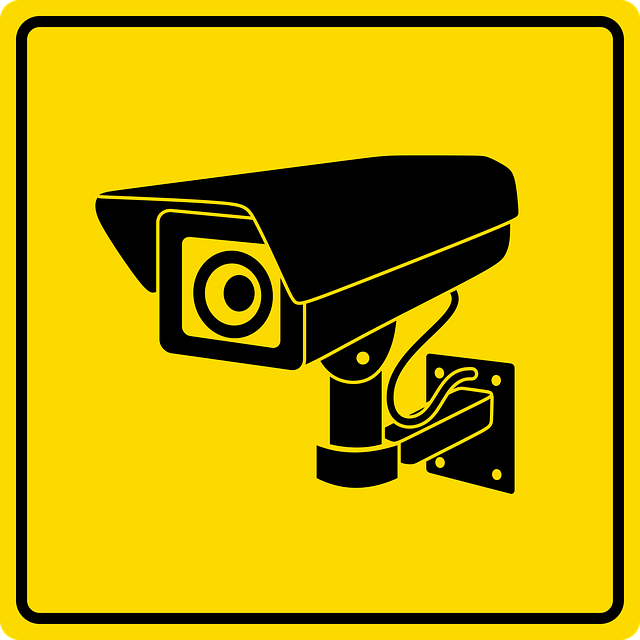
When securing your home with a CCTV surveillance system, selecting the right cameras is paramount for effective monitoring. Consider the types of cameras available, such as dome, bullet, or wireless options, and choose based on the areas you wish to cover. Dome cameras, for instance, are often favored for their versatility and discreet design, which can deter potential intruders and provide clear surveillance footage. The resolution is another critical factor; high-definition (HD) or megapixel cameras offer superior image clarity, enabling you to identify details like faces or license plates. Additionally, night vision capabilities are essential for around-the-clock surveillance, ensuring that your home remains under watch even in low-light conditions.
Furthermore, the placement of CCTV cameras is a strategic decision that should not be taken lightly. High-traffic areas such as entry doors, hallways, and garages are prime locations for camera installation. Ensure that blind spots are minimized and that each camera’s field of view covers necessary areas without overapping to avoid data redundancy. It’s also wise to consider cameras with motion detection, which can alert you to movement in designated areas and reduce the amount of data storage required by focusing on activity rather than continuous recording. By carefully selecting and placing your CCTV cameras, you can create a robust home surveillance system that deters crime and provides valuable evidence should an incident occur.
Step-by-Step Guide to Installing a Comprehensive CCTV System at Home
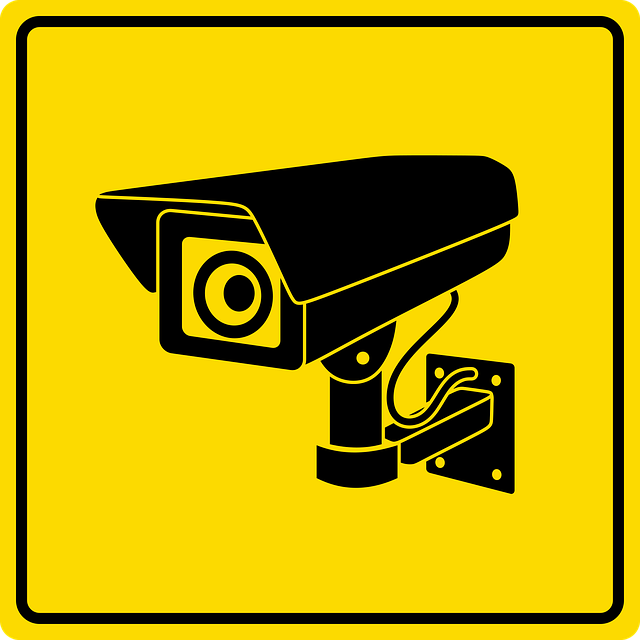
When securing your home with a comprehensive CCTV system, careful planning and precise installation are key to achieving optimal coverage and performance. Begin by assessing your property’s layout to determine blind spots and high-risk areas, which will guide the placement of your cameras. For exterior surveillance, position cameras at all entry points, including doors and windows, as well as along the perimeter of your home for a 360-degree view. Ensure that each camera has a clear line of sight without being easily accessible or visible to potential intruders.
Once you have identified the optimal locations, proceed with mounting the cameras securely. Select a high and inconspicuous spot for each device to avoid tampering. Use weatherproof housing if installing outdoors to protect the cameras from environmental factors. Connect the cameras to your network-enabled NVR (Network Video Recorder) or DVR (Digital Video Recorder), ensuring that cables are run discreetly and securely along walls or through cable conduits to prevent damage or tripping hazards.
Connect each camera to its respective recorder, and power them on. Configure your CCTV system by setting up the desired number of channels for recording, and adjust camera angles and zoom capabilities as needed for clear visibility. Utilize CCTV surveillance software to enhance features such as motion detection, which can alert you via smartphone apps or email when activity is detected. Lastly, ensure that your system is compatible with a reliable storage solution, either on-site or cloud-based, to safeguard footage and facilitate easy access for reviewing events. With these steps, you’ll have a robust CCTV surveillance system in place, offering peace of mind and comprehensive monitoring capabilities for your home.
Maximizing the Effectiveness of Your CCTV Setup: Best Practices and Tips
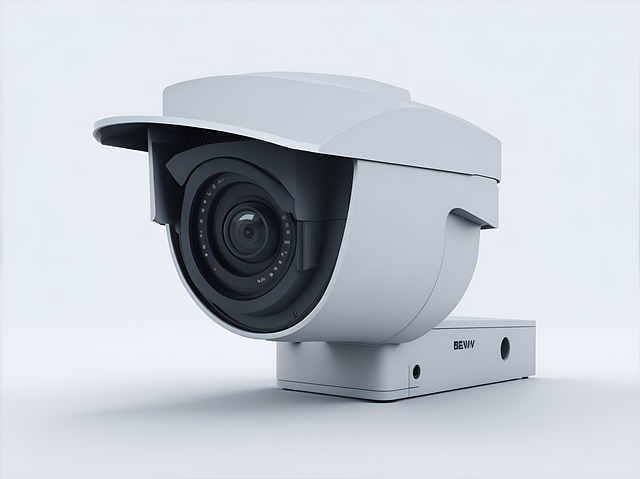
In conclusion, a robust CCTV system is a pivotal component in safeguarding your home. By understanding the basics of residential CCTV systems, assessing your unique surveillance needs, and selecting the most appropriate cameras for your security strategy, you can install a comprehensive CCTV setup tailored to your property’s specific requirements. Following a detailed step-by-step guide ensures optimal placement and functionality of your system. To enhance the effectiveness of your surveillance setup, adhering to best practices and tips is crucial. By implementing these measures, homeowners can rest assured that their investment in CCTV technology will provide a superior level of protection and peace of mind. Remember to stay informed about advancements in surveillance technology to continually improve your home’s security posture.
